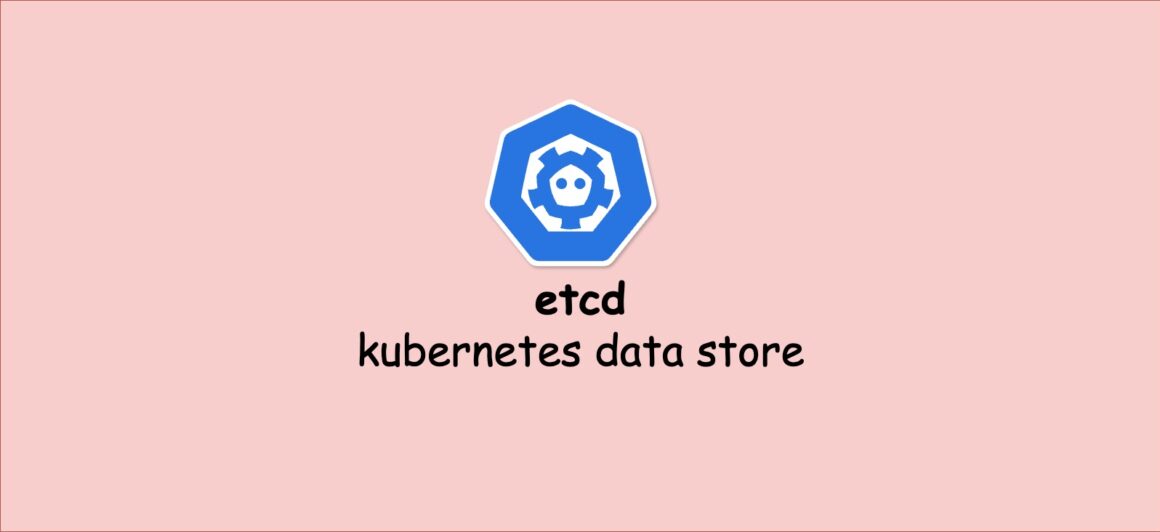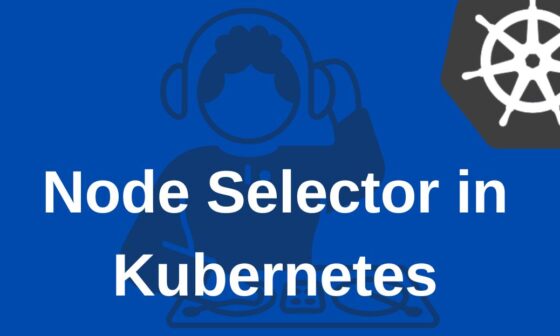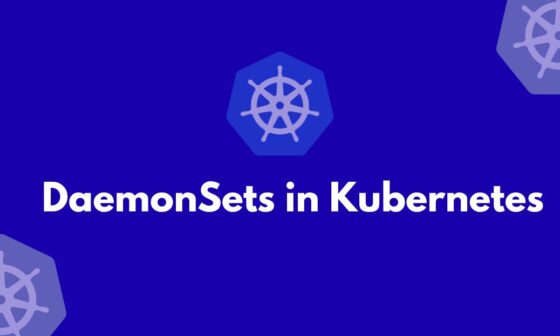What is etcd?
etcd is a distributed key-value store that plays a critical role in Kubernetes as its primary data store. It maintains the cluster’s configuration data, state, and metadata. Created by CoreOS (now part of Red Hat), etcd is reliable, consistent, and highly available, making it ideal for managing distributed systems like Kubernetes.
The name “etcd” stands for “/etcd” (a nod to the UNIX configuration directory /etc), and the “d” represents a distributed system.
Why is etcd Important in Kubernetes?
In Kubernetes, etcd is the primary data store that holds all the cluster’s state and configuration data. It ensures consistency, availability, and persistence across the entire cluster. Kubernetes relies on etcd to store all cluster-related data, including:
- Cluster State: Information about nodes, pods, deployments, services, etc.
- Configuration Data: Settings like ConfigMaps, Secrets, and policies.
- Service Discovery: Data that helps services discover each other.
- Leader Election and Coordination: This is for managing distributed consensus among Kubernetes control plane components.
- Metadata: Information about namespaces, service accounts, and roles.
- Cluster Policies: Resource quotas, network policies, and security policies.
Without etcd, Kubernetes would be unable to keep track of cluster state, making it a single point of failure (SPoF) if not configured for high availability.
Key: /registry/pods/default/nginx-pod
Value: {"metadata": {...}, "spec": {...}, "status": {...}}Consistency and Consensus
To ensure consistency across distributed nodes, etcd uses the Raft consensus algorithm. This guarantees:
- Fault Tolerance: etcd can recover from node failures without losing data.
- Strong Consistency: All reads return the latest data.
- High Availability: Even if some nodes fail, etcd can continue to function.
High Availability (HA)
In a production-grade Kubernetes cluster, etcd typically runs in an HA configuration. This means running multiple etcd instances (a cluster) to prevent data loss and downtime. The typical setup includes 3, 5, or 7 nodes, which can tolerate failure of up to (N-1)/2 nodes.
Why Should a Kubernetes Cluster Have an Odd Number of Nodes?
How Kubernetes Components Interact with etcd
Key Kubernetes components interact with etcd, including:
- API Server: Acts as the interface between users and the cluster, storing and retrieving data from etcd.
- Controller Manager: Watches etcd for state changes and makes adjustments to ensure the desired state matches the current state.
- Scheduler: Reads cluster data from etcd to decide where to place new pods.
- Kubelet: Communicates with the API server to fetch pod specs stored in etcd.
For a deeper dive into Kubernetes architecture, check out our Understanding the Components of Kubernetes Architecture
Example Flow
- Create a Pod using `kubectl apply -f pod.yaml`
- The API Server receives the request and stores the pod definition in etcd.
- The Scheduler reads the pod info from etcd and schedules it to a node.
- The Kubelet on that node reads the pod spec from the API server (which fetches it from etcd) and starts the container.
etcd is the backbone of a Kubernetes cluster, ensuring consistency, availability, and persistence of cluster state. Understanding how etcd works and how to manage it effectively is crucial for maintaining a reliable and resilient Kubernetes environment.






